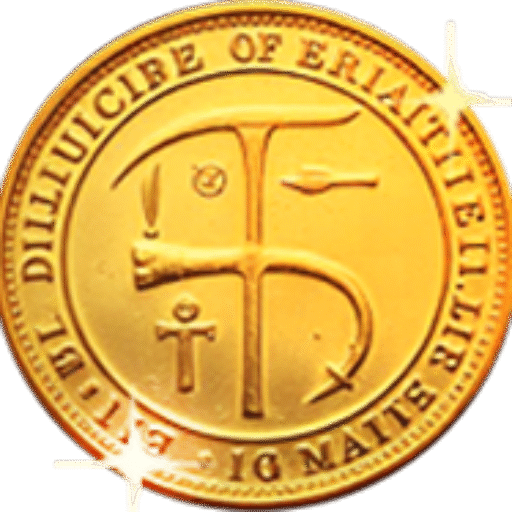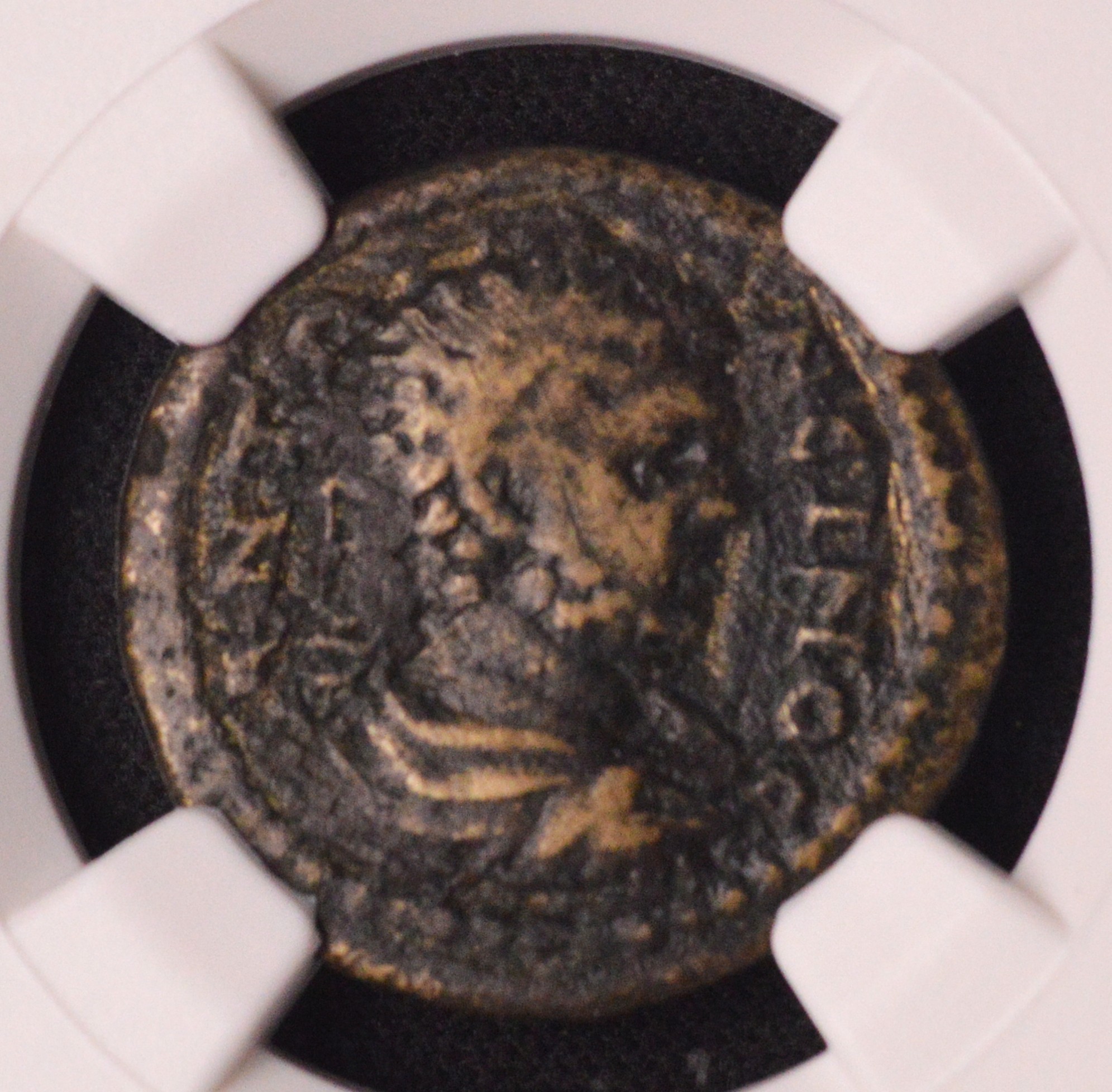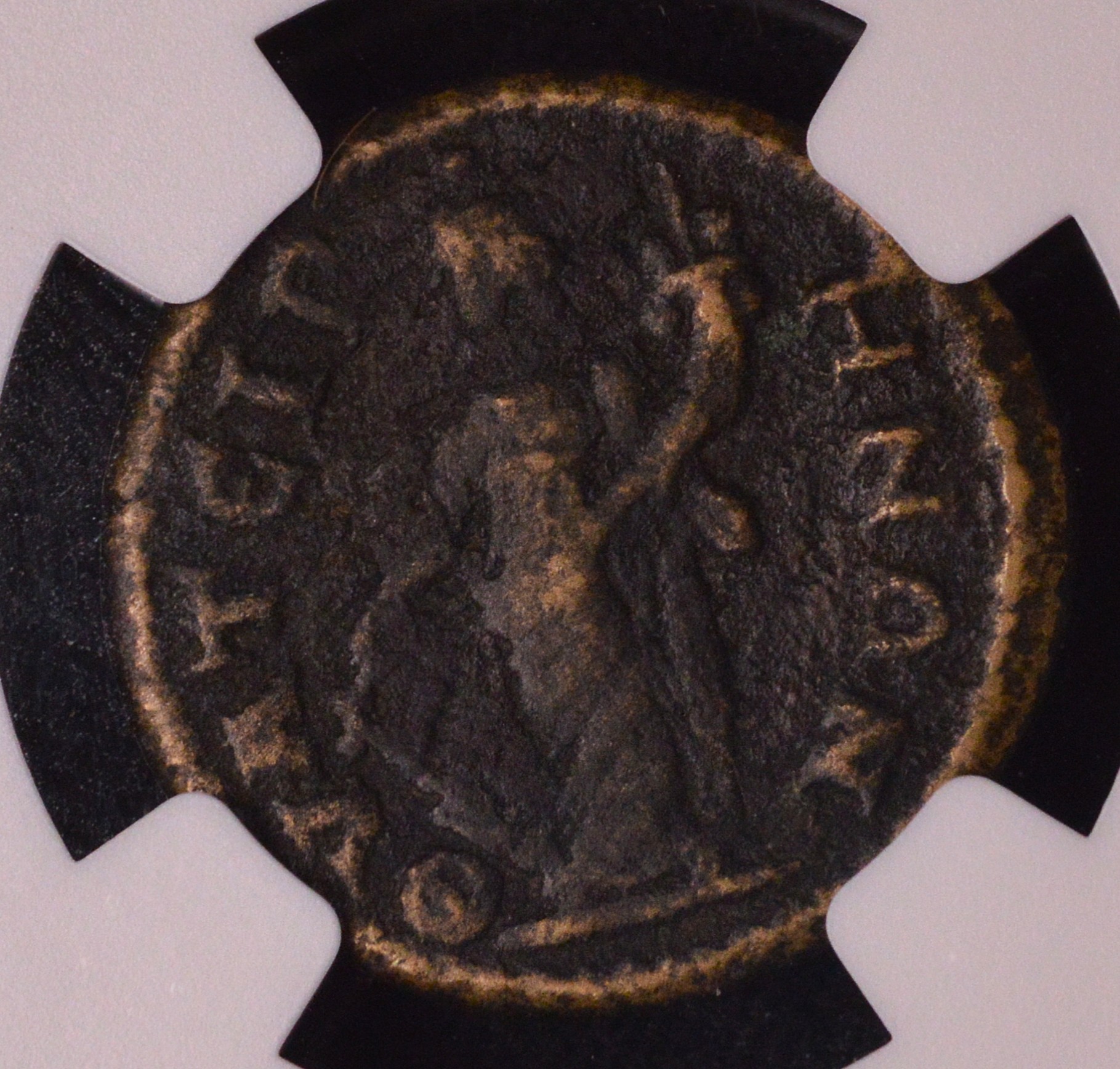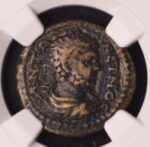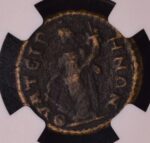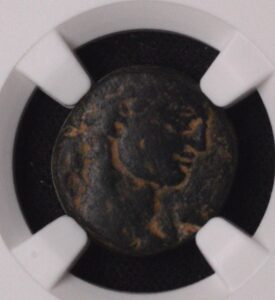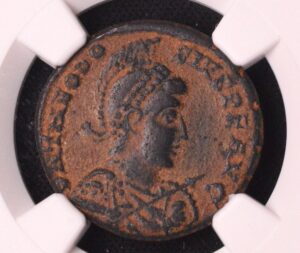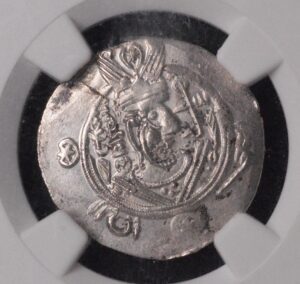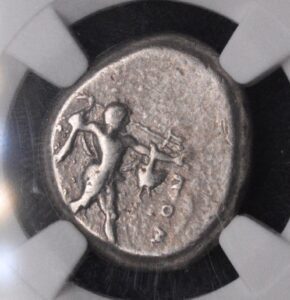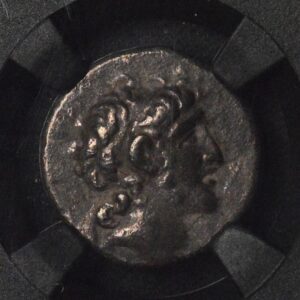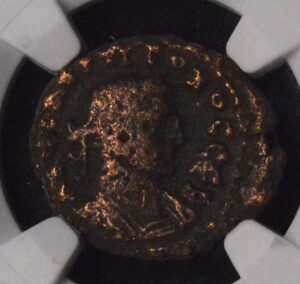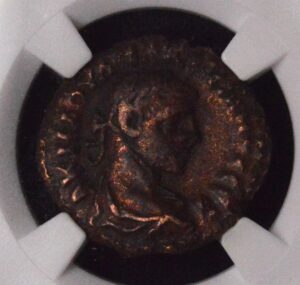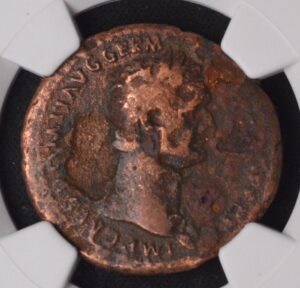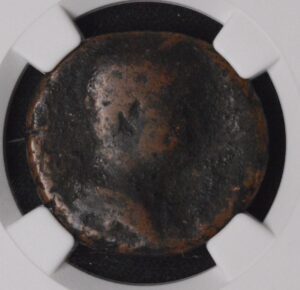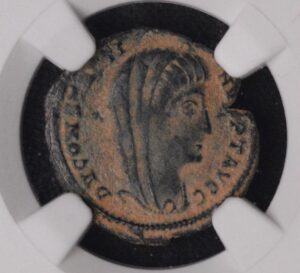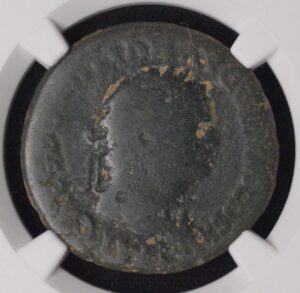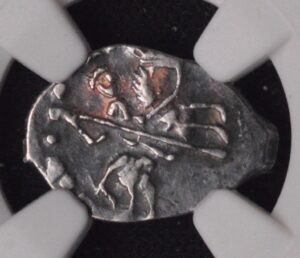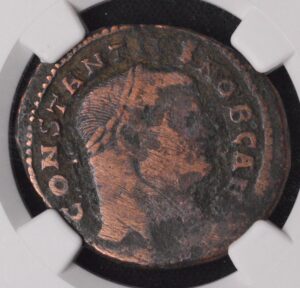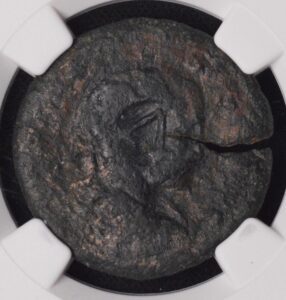Description
The ancient city of Thyatira, located in Lydia (modern-day Akhisar, Turkey), was an important commercial and industrial center during the Roman period. It was originally established by the Lydians and later became part of the Seleucid kingdom, the Kingdom of Pergamum, and then the Roman Republic in 133 BC. Thyatira was known for its numerous trade guilds—including wool, linen, baking, leather, bronze, pottery, and dye industries—with textile dyeing being a prominent trade using the madder root to produce the famous red dye “Turkey Red.” The city was strategically located at crossroads linking major ancient cities like Pergamum, Sardis, and Ephesus and served as an important Roman provincial center, with Emperor Caracalla visiting in 215 AD.
The coin in question, the Caracalla Æ20 from Thyatira (dated AD 198-217), is a bronze coin certified by NGC, linking it to the time when Caracalla ruled as Roman Emperor. Such coins from Thyatira reflect the city’s role within the Roman Empire and its rich economic and cultural life.
In summary, Thyatira was a significant city in Lydia with a rich industrial and commercial heritage, especially noted for textile dyeing, and the Caracalla bronze coin from this city provides a tangible link to its Roman era prominence and imperial connections.
The ancient city of Thyatira, located in Lydia (modern-day Akhisar, Turkey), was an important commercial and industrial center during the Roman period. It was originally established by the Lydians and later became part of the Seleucid kingdom, the Kingdom of Pergamum, and then the Roman Republic in 133 BC. Thyatira was known for its numerous trade guilds—including wool, linen, baking, leather, bronze, pottery, and dye industries—with textile dyeing being a prominent trade using the madder root to produce the famous red dye “Turkey Red.” The city was strategically located at crossroads linking major ancient cities like Pergamum, Sardis, and Ephesus and served as an important Roman provincial center, with Emperor Caracalla visiting in 215 AD.
The coin in question, the Caracalla Æ20 from Thyatira (dated AD 198-217), is a bronze coin certified by NGC, linking it to the time when Caracalla ruled as Roman Emperor. Such coins from Thyatira reflect the city’s role within the Roman Empire and its rich economic and cultural life.
In summary, Thyatira was a significant city in Lydia with a rich industrial and commercial heritage, especially noted for textile dyeing, and the Caracalla bronze coin from this city provides a tangible link to its Roman era prominence and imperial connections.
The ancient city of Thyatira, located in Lydia (modern-day Akhisar, Turkey), was an important commercial and industrial center during the Roman period. It was originally established by the Lydians and later became part of the Seleucid kingdom, the Kingdom of Pergamum, and then the Roman Republic in 133 BC. Thyatira was known for its numerous trade guilds—including wool, linen, baking, leather, bronze, pottery, and dye industries—with textile dyeing being a prominent trade using the madder root to produce the famous red dye “Turkey Red.” The city was strategically located at crossroads linking major ancient cities like Pergamum, Sardis, and Ephesus and served as an important Roman provincial center, with Emperor Caracalla visiting in 215 AD.
The coin in question, the Caracalla Æ20 from Thyatira (dated AD 198-217), is a bronze coin certified by NGC, linking it to the time when Caracalla ruled as Roman Emperor. Such coins from Thyatira reflect the city’s role within the Roman Empire and its rich economic and cultural life.
In summary, Thyatira was a significant city in Lydia with a rich industrial and commercial heritage, especially noted for textile dyeing, and the Caracalla bronze coin from this city provides a tangible link to its Roman era prominence and imperial connections.
CUSTOMER FEEDBACK




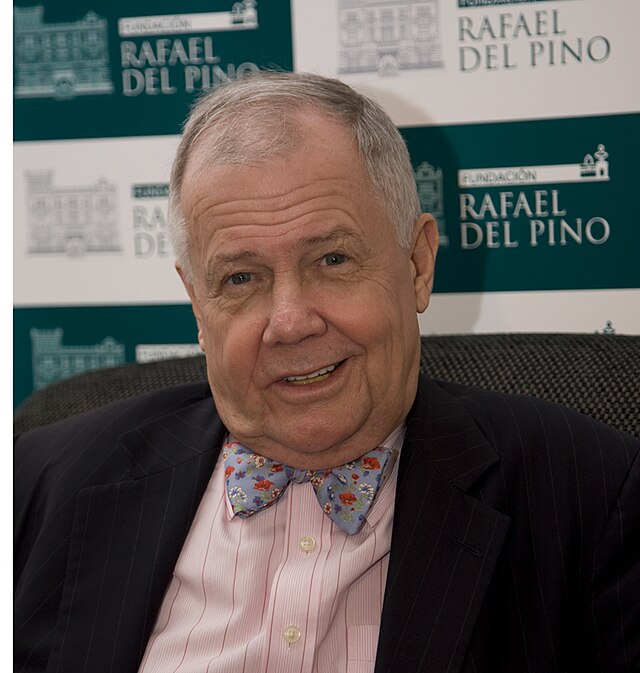



Related Products & Newly Released!
-
$400.00




SHIPPING POLICY
Your order is shipped from the United States with USPS tracking within one business day.
14 Day Return Policy
You can return your item back within
14 days of the purchase

Secure payments
Your payments are 100% secure and are processed through Square or PayPal on a protected security network.
SHIPPING POLICY
FREE International and Domestic (United States) shipping. Your order is shipped with USPS tracking 24 hours after you order.
14 Day Return Policy
You can return your item back within
14 days of the purchase

Secure payments
Your payments are 100% secure and are processed through Square or PayPal on a protected security network.
RESOURCES
support
Get Fresh Articles!
Sign up now to receive our articles for the latest insights and promotions!
RESOURCES
support
Get Fresh Articles!
Signup our newsletter to get update insight or promotions.

